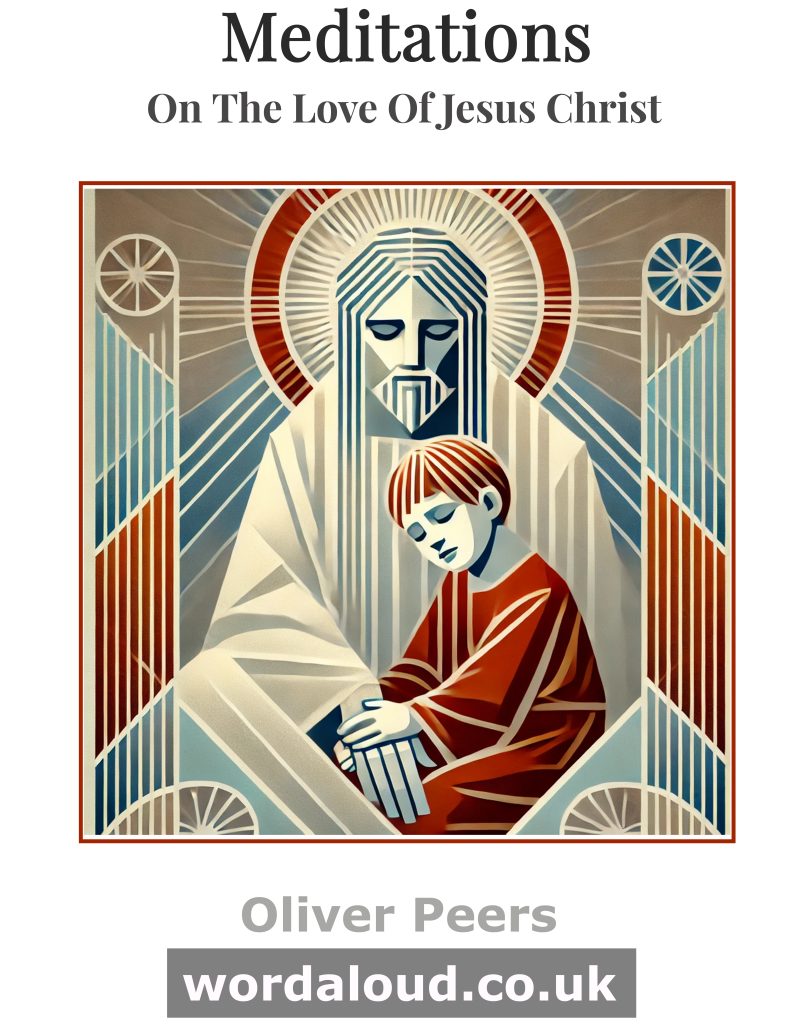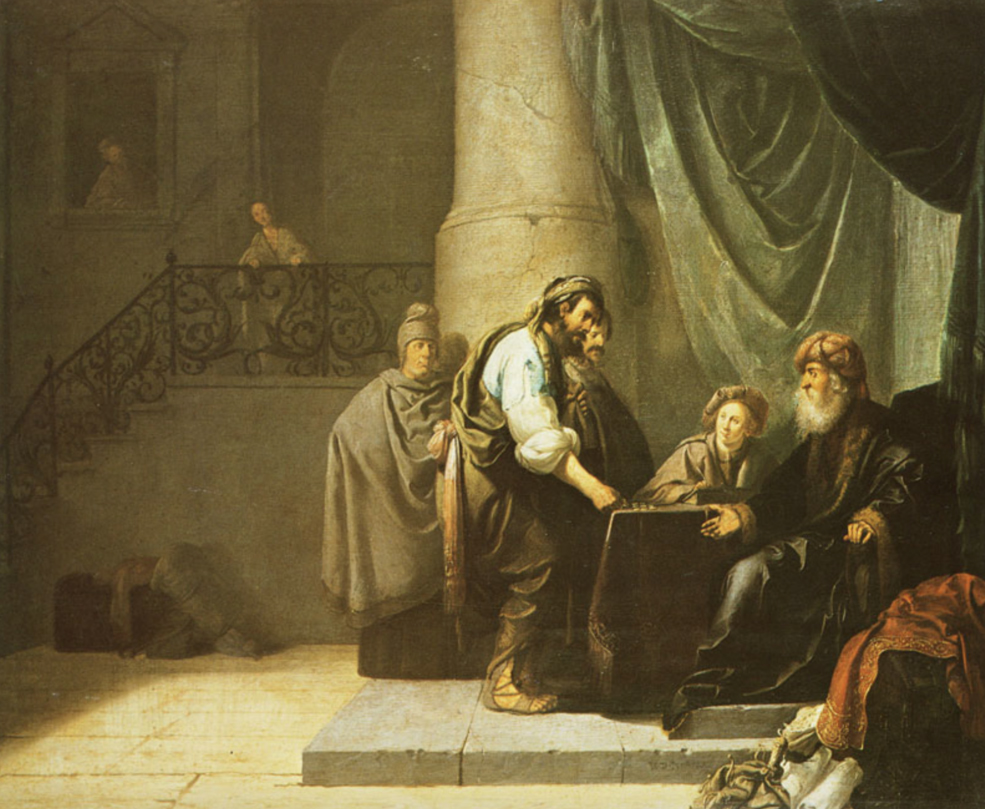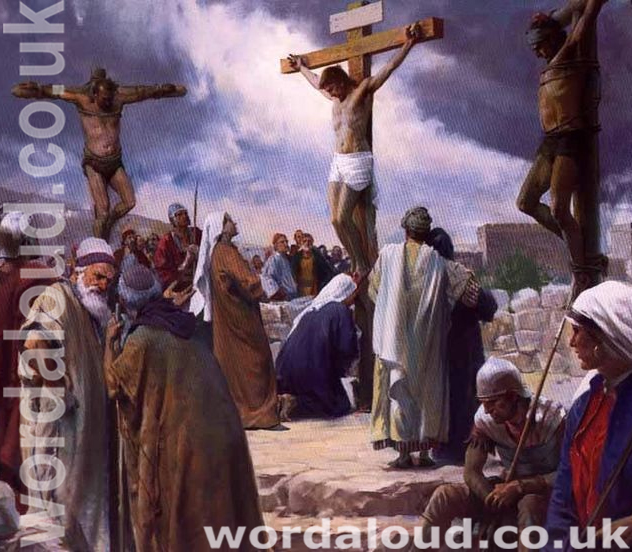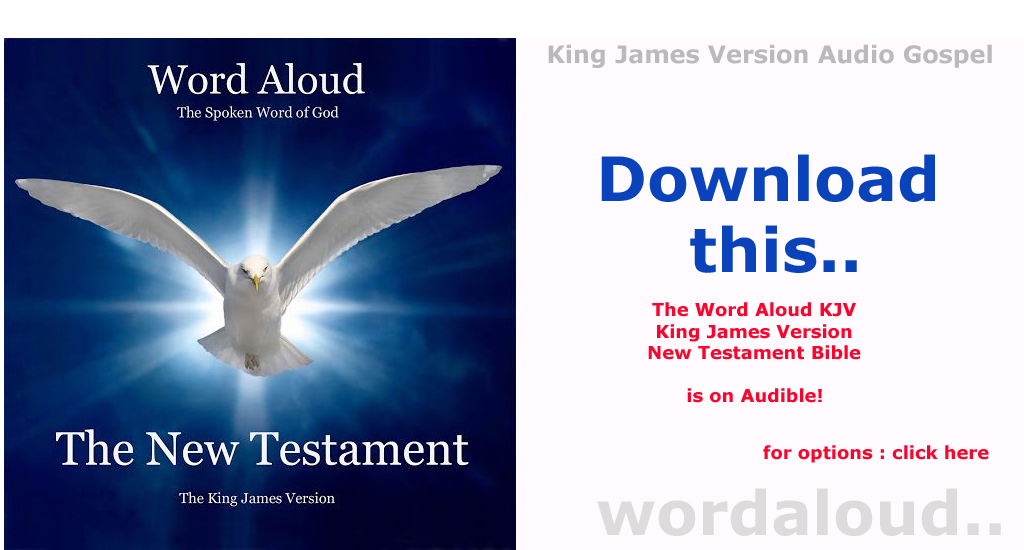Christian Art | A Boy At Prayer With Jesus | Clothed For Baptism
Office Of Readings | Easter Thursday | A Reading From The Instructions To The Newly Baptized At Jerusalem | Buried In Water, Born Into Light
‘Baptism, symbol of Christ’s passion.’
Buried In Water, Born Into Light | Mystery Of Baptism In The Jerusalem Catecheses
On Easter Thursday, the Church offers us a rich excerpt from the Jerusalem Catecheses, a fourth-century instructional series traditionally attributed to Saint Cyril of Jerusalem. These catechetical homilies were addressed to the newly baptized—those who had just undergone the great mystery of Christian initiation at the Easter Vigil. Today’s reading draws us into the heart of what baptism meant in the early Church—and what it still means for us now.
A Drama Of Death And Life
‘You were led down to the font of holy baptism just as Christ was taken down from the cross and placed in the tomb.’ With this vivid image, the catechist begins not by explaining doctrine, but by evoking drama. Baptism is not presented as a mere rite of passage, but as a personal participation in the Paschal Mystery of Christ—his death, burial, and resurrection.
The newly baptized are invited to see their immersion into water as a symbolic descent into the grave, and their rising from it as a real share in the resurrection. The triple immersion corresponds to the three days Christ spent in the tomb. But, as the homily insists, what is symbolic in act is real in grace: ‘We have been saved in actual fact.’
Font As Tomb And Womb
One of the most arresting aspects of this catechesis is its paradoxical imagery: baptismal water is both tomb and mother. Borrowing from Ecclesiastes, the catechist speaks of ‘a time to die, and a time to be born’—but in baptism, these two times become one. This paradox echoes the early Church’s understanding of salvation as a kind of new creation. The believer dies to sin and is reborn in Christ. The water buries the old self; it also gives birth to a new one.
This image of the baptismal font as a maternal space—a place of rebirth—was common in early Christianity. Baptisteries were often constructed in circular or octagonal shapes to symbolize the womb of the Church and the eternal life to which baptism gives access. The catechist captures this beautifully when he says, ‘[T]he saving water was both your tomb and your mother.’
Sacramental Realism Of The Early Church
Modern readers may be struck by the intensity of the early Church’s sacramental imagination. For the Jerusalem catechist, baptism is not merely a sign or symbol—it is an actual entry into the mystery of Christ. While it was Christ, not the catechumens, who truly suffered and died, ‘all this has been attributed to us’. In other words, what Christ accomplished in history is mysteriously applied to the baptized in the present. This is the theological heart of the piece: baptism unites the believer to Christ’s death and resurrection in a real, transformative way.
This line of thinking is rooted in the theology of Saint Paul. In Romans 6:3–5, Paul writes, ‘Do you not know that all of us who were baptized into Christ Jesus were baptized into his death?… If we have been united with him in a death like his, we shall certainly be united with him in a resurrection like his.’ The Jerusalem Catecheses make Paul’s language concrete, visual, and personal.
More Than Forgiveness: Baptism as Participation
The homily takes care to distinguish Christian baptism from that of John the Baptist. John’s baptism, we are told, conferred only the forgiveness of sins. Christian baptism does more: it brings the Holy Spirit, it marks a new birth, and it incorporates the believer into the suffering, death, and triumph of Christ. The catechist writes, ‘Let no one imagine that baptism consists only in the forgiveness of sins… it is a symbol of the sufferings of Christ.’
In this light, baptism is not a one-time rite we leave behind. It is a life-altering identity. The baptized person carries within them a spiritual reality: the dying of the old self and the rising of the new. This truth shapes the Christian’s ethical life, prayer, and ultimate hope. To be baptized is to live continually as one who has passed through death into life.
The Easter Lens
Placed within the Easter season, this catechesis becomes even more poignant. The resurrection of Christ is not a distant event—it is something the Church invites us to enter into. At the Easter Vigil, when catechumens descend into the waters of baptism and rise again, they act out the Paschal Mystery. As the early Church saw it, Easter is not simply the commemoration of Christ’s victory—it is the moment in which that victory is applied to us, sacramentally and personally.
For the newly baptized, Easter is their true birthday. And for all the baptized, this season is a call to return to that first grace—to rekindle the reality of our dying and rising in Christ, and to live from it anew.
Path Of Resurrection
The Jerusalem Catecheses remind us that the Christian life begins not with moral effort, but with divine grace poured out in the sacraments. Baptism is not simply the washing away of past sins; it is a participation in Christ’s own passage through death to life. Through the waters, we become Easter people—those who have died with Christ and now walk in the light of his resurrection.
As the Church sings in the Easter psalm: ‘This is the day the Lord has made; let us rejoice and be glad in it.’ For those baptized into Christ, every day becomes a new opportunity to walk in resurrection light.

A Reading From The Instructions To The Newly Baptized At Jerusalem
You were led down to the font of holy baptism just as Christ was taken down from the cross and placed in the tomb which is before your eyes. Each of you was asked, ‘Do you believe in the name of the Father, and of the Son, and of the Holy Spirit?’ You made the profession of faith that brings salvation, you were plunged into the water, and three times you rose again. This symbolised the three days Christ spent in the tomb.
As our Saviour spent three days and three nights in the depths of the earth, so your first rising from the water represented the first day and your first immersion represented the first night. At night a man cannot see, but in the day he walks in the light. So when you were immersed in the water it was like night for you and you could not see, but when you rose again it was like coming into broad daylight. In the same instant you died and were born again; the saving water was both your tomb and your mother.
Solomon’s phrase in another context is very apposite here. He spoke of a time to give birth, and a time to die. For you, however, it was the reverse: a time to die, and a time to be born, although in fact both events took place at the same time and your birth was simultaneous with your death.
This is something amazing and unheard of! It was not we who actually died, were buried and rose again. We only did these things symbolically, but we have been saved in actual fact. It is Christ who was crucified, who was buried and who rose again, and all this has been attributed to us. We share in his sufferings symbolically and gain salvation in reality. What boundless love for men! Christ’s undefiled hands were pierced by the nails; he suffered the pain. I experience no pain, no anguish, yet by the share that I have in his sufferings he freely grants me salvation.
Let no one imagine that baptism consists only in the forgiveness of sins and in the grace of adoption. Our baptism is not like the baptism of John, which conferred only the forgiveness of sins. We know perfectly well that baptism, besides washing away our sins and bringing us the gift of the Holy Spirit, is a symbol of the sufferings of Christ. This is why Paul exclaims: Do you not know that when we were baptized into Christ Jesus we were, by that very action, sharing in his death? By baptism we went with him into the tomb.








